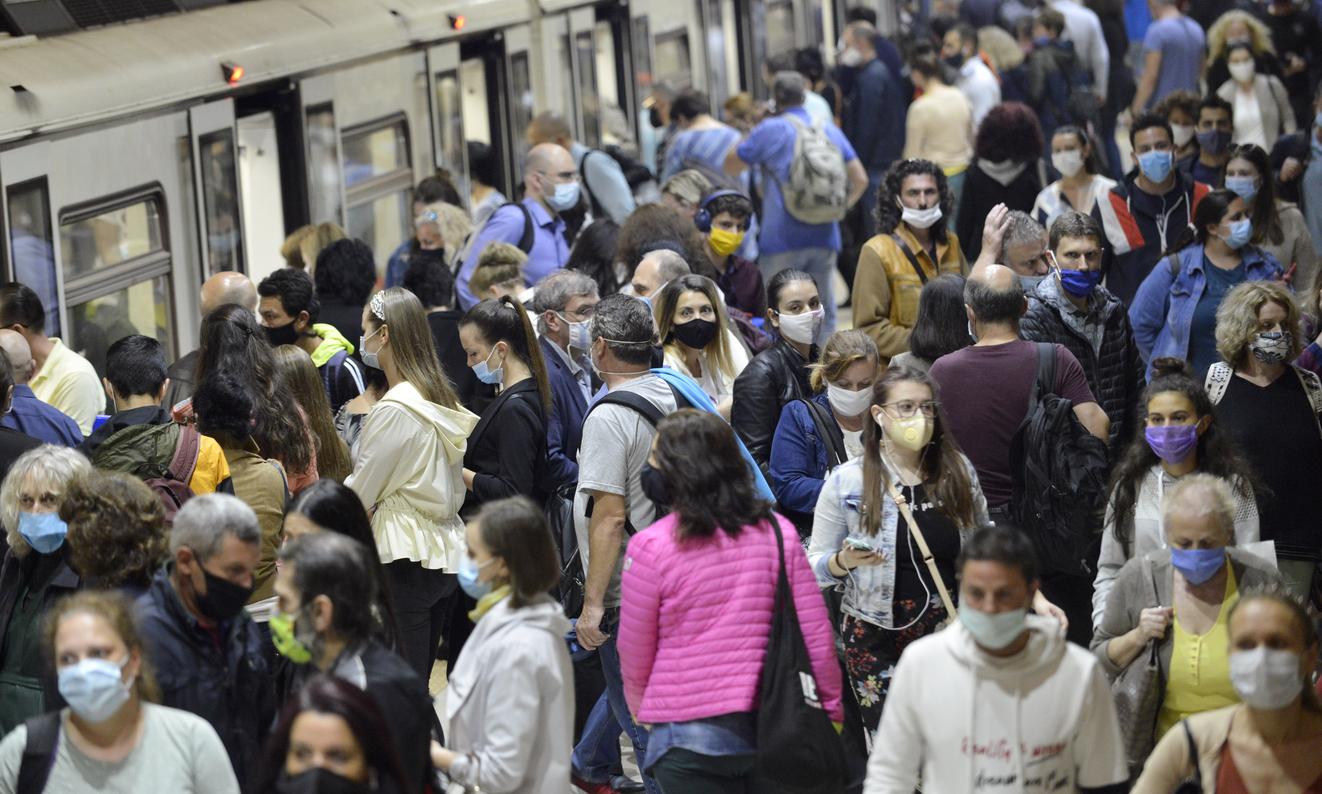
The flu virus dissected
People are quick to say they have ‘the flu’, but often that is a bad cold. True flu is caused by a series of viruses. How does the flu virus work and what can you do about it?
A classic flu is an infection with the influenza virus. There are different types of influenza viruses, but the disease course is about the same. In short, influenza causes acute inflammation of the airways.
Weak and tired for weeks
But it’s not a common cold, it’s much more serious and progresses much faster. With influenza you quickly feel very sick with a pounding headache, muscle aches all over the body and high fever (around 39°C). Normally, patients recover after three to five days, but many still feel limp and tired for weeks.
Global epidemic
In people with a poor immune system, the flu can be very serious and deadly. Every year in the Netherlands about a thousand people die from the flu or its consequences.
Millions of people died from the Spanish Flu of 1918-1919, shortly after the First World War. More than the acts of war themselves. There was then talk of a pandemic, a worldwide epidemic. We speak of an epidemic if more than fifty in every 100,000 inhabitants of the Netherlands have the flu and the influenza virus is also detected in cultures.
Virus particles
Viruses belong to the microorganisms, just like fungi and bacteria. Viruses are the smallest micro-organisms, much smaller than bacteria. They cannot divide themselves, but need living cells to divide.
As soon as a virus enters a cell, it instructs that cell to copy itself. The cell reproduces that blueprint automatically, as it were, until the cell is completely filled with virus particles. Then the cell ‘explodes’ and the virus jumps to the next cell.
Serious Complications
Fortunately, our immune system recognizes cells that make viruses. The immune system kills its own infected cells as quickly as possible, so that the virus cannot spread further. The disadvantage of this counterattack is that bacteria can strike earlier in the damaged cells. That is why a flu is often accompanied by complications; from severe breathlessness to pneumonia.
In short, a runny nose is the effect of the virus, but the greenish-yellow snot you get a few days later is the result of a bacteria that managed to attack the broken mucous membranes.
The flu vaccine, which many people receive every year in October, ensures that the immune system recognizes the infected cells earlier. The vaccine provides an example of what such an infected cell looks like. The body will then counterattack sooner and the risk of complications is much smaller. The flu shot is therefore also given to alleviate the symptoms of the flu.
Viruses mutate
Like all viruses, the influenza virus can mutate. It constantly changes itself a little bit. For example, the virus of the Spanish Flu was different from the Hong Kong Flu in the late 1960s. The influenza viruses all have their own name, such as H3N2 influenza A for the Hong Kong Flu. The Spanish Flu was a type H1N1.
These mutations make the virus even more difficult to fight. Every year a new flu vaccine is needed, for the type that was dominant last winter. Moreover, the virus is not limited to one species, but can, for example, jump from birds to humans. We saw this in 2005 and 2006 with the ‘bird flu’, or H5N1, a variant of the bird flu virus. Scientists are very wary of these kinds of mutations because they are difficult to control.
Preventing Contamination
As is known, RIVM advises the elderly and risk groups to be vaccinated annually. If you have not been vaccinated against influenza, you can only try to avoid being infected with the virus. A good physical condition is the first condition.
Get enough sleep, eat fruits and vegetables and get plenty of exercise. Good hygiene then prevents cross-contamination. By cross-contamination we mean the transfer of bacteria, fungi or viruses from one person to another. Washing your hands very regularly is the simplest and most effective way to prevent the flu virus from getting its grip on you.
bed rest
Once you have the flu, bed rest is a cure. It is important to drink plenty of fluids and to cool the patient in case of high fever. Sometimes a course of antibiotics is needed if a bacterial infection is added, such as pneumonia. Getting sick from the flu is not a luxury, but a necessity. Anyone who returns to work too soon runs the risk of having fatigue symptoms for six months or more.















